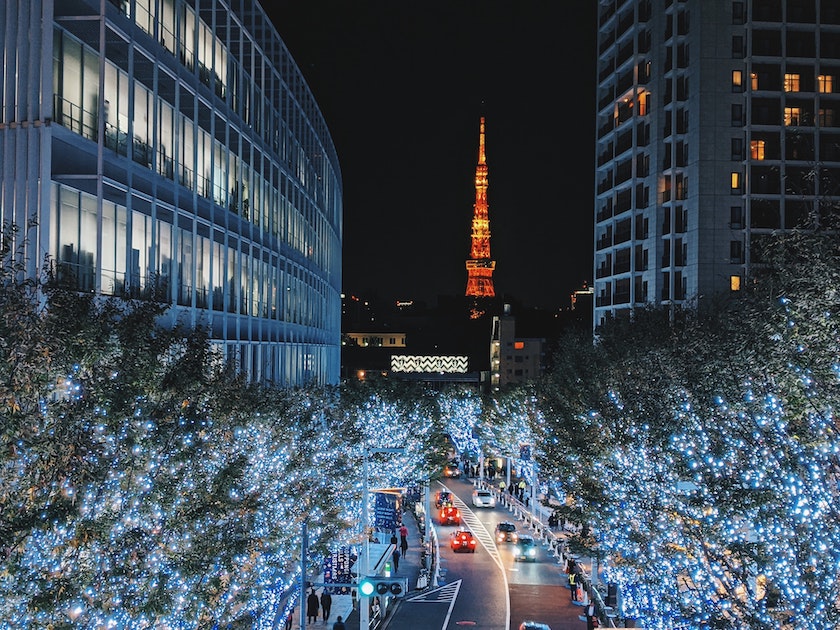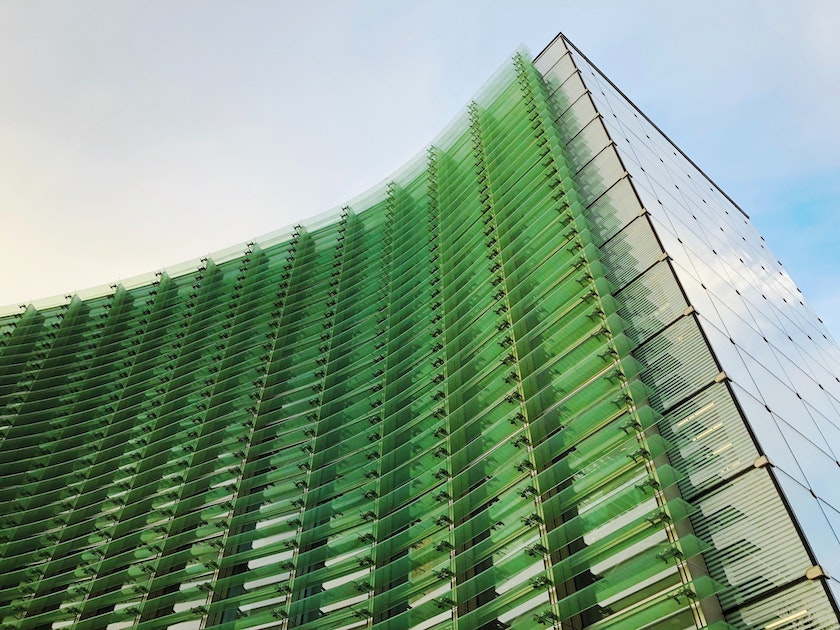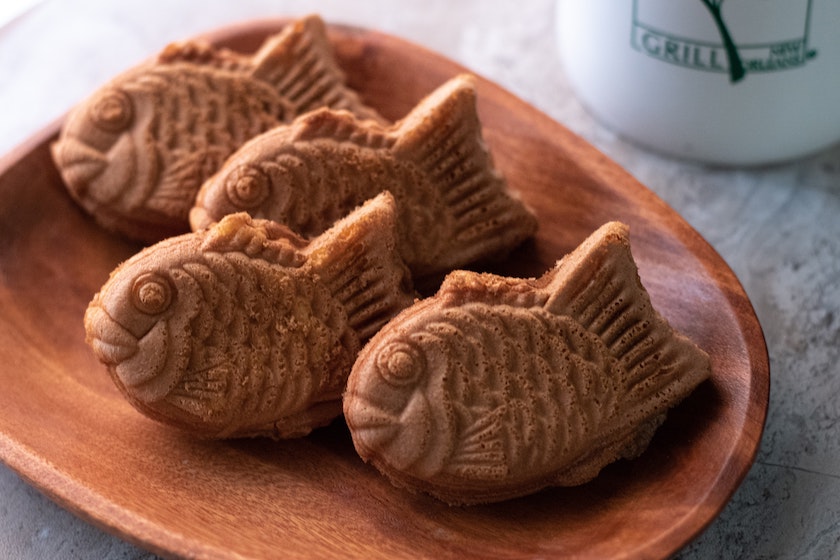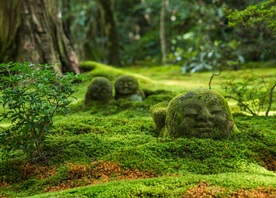For decades, Roppongi has been one of Tokyo’s most popular entertainment districts for international visitors, and continues to reinvent itself.
Table of contents:
Intro
A Brief History of Roppongi
Things To Do in Roppongi
How to access Roppongi
Bonus Tips

Intro
Roppongi is a contradiction. This famous district in Minato, Tokyo, is hugely popular with international visitors and has a large, friendly expat community, but it has a very different reputation within Japan where it was closely associated with the presence of US troops after the Second World War and the late-night bars and clubs that sprung up to entertain them. Decades later, Roppongi has gone through several transformations, including huge investment and the construction of affluent developments such as Roppongi Hills and Tokyo Midtown, but one thing has been consistent – it remains enormously popular with tourists and international visitors living in Japan. Why? Well, Roppongi has lots to offer, from its famously lively nightlife to a wide range of shops, bars, cafes, restaurants, museums, and galleries – many of which are known to be especially friendly and welcoming to overseas visitors. In our guide, we’ll look at the past and present of this famous and controversial district, the best things to do in Roppongi, how to get there with the JR Pass, and much more. Together, we’ll find out why Roppongi has remained such a hotspot for international visitors for the past seventy years.

A Brief History of Roppongi
Roppongi literally means ‘six trees’ and its name is said to come from six Zelkova trees that grew on the land for many centuries, dating back to at least 1660. A second legend states that the six trees were not trees at all, but actually feudal lords known as Daimyo whose names each related to the kanji character for tree. Whatever the truth, Roppongi’s initial history was relatively uneventful. It was a quiet, residential area and then a military town when it became a base for the Third Imperial Guard. However, it was in 1945, in the immediate aftermath of the Second World War, that Roppongi’s present day history truly began. American GIs based in Roppongi attracted nightlife and entertainment. It’s even said that this newfound culture started with a single Italian restaurant, Nicola’s, which was so successful that it spawned a whole industry. Soon, Roppongi was filled with nightclubs, bars, late-night cafes and restaurants catering for GIs as well as an influx of post-war international visitors. As a result, Roppongi developed a reputation for the seedier side of Tokyo’s nightlife and became synonymous with late-night hostess bars and strip clubs. This led to Roppongi being popular with international clientele looking for after-dark entertainment, and overseas tourists looking for fun, foreigner-friendly nightlife, but not so much with Japanese people. This began to change around 20 years ago after major investment to transform Roppongi into a higher-class and prestigious destination with a much cleaner and safer reputation. Generally speaking, Roppongi was never any different to any major city at night and Japan is typically one of the safest countries to visit anywhere in the world. Its people are friendly, polite, and welcoming, its public transport (especially its world-leading domestic trains) are impeccable, and crime levels are among the lowest on the planet. Thanks to a conscious effort to modernise, clean-up, and rebrand Roppongi, the district has successfully transformed over the last 20 years and now has a growing reputation for art and culture, retail venues, and much more. This rebrand even included a partial change in name, with investors proposing Roppongi should now be known as ‘High Touch Town’ rather than ‘Six Trees’. The construction and opening of affluent mega complexes like Roppongi Hills and Tokyo Midtown in particular, as well as landmark buildings like the National Centre for Art and Mori Tower, alongside the area’s large and welcoming expat community, make Roppongi a popular destination. The district still has a reputation for a fun night out, especially for international visitors, but it has much more to offer too.

Things To Do in Roppongi
There’s a reason that Roppongi has remained in demand for the last seven decades. Here are a few of our most recommended highlights from this vibrant and colourful district:
Nightlife
Historically, Roppongi was most famous for its nightlife and entertainment and while its appeal has diversified, its lively bars and clubs are still a major attraction. As well as countless foreign friendly bars, clubs, cafes, and restaurants, there are alternative, underground clubs (from burlesque cabaret bars to pole dancing and more), and famous night spots like V2 Tokyo, which serves pizza and pasta while also offering spectacular views of the skyline and the chance to dance the night away. For something slightly more laid back, Roppongi is also home to Japan’s first Brewdog bar for all you craft beer enthusiasts, and the basement bar SuperDeluxe, which serves Tokyo Ale and also hosts comedy, dance shows, and live music. Japan may be more famous for sake and whisky, but it also has a thriving craft beer scene. If you’re interested in experiencing Tokyo’s authentic nightlife, be sure to read our guide to Golden Gai – one of the city’s legendary nightspots.
Art and Culture
One of the ways Roppongi has reinvented itself is as a leading player in Japan’s art and culture scene, with a number of world-renowned museums and galleries in the district. The National Art Centre Tokyo opened in Roppongi in 2008 and is Japan’s largest art museum with a rotating roster of world-class art exhibitions in favour of permanent collections. It’s also housed in a beautiful designed glass and steel building whose curved, wave-like exterior and green colouring make it a work of art in itself. And that’s far from the only art and culture experience available in Roppongi. Perrotin Tokyo is the gallery of Emmanuel Perrotin who represents leading artists such as Jean-Michel Othoniel, JR and Kaws, among others. If contemporary art is your thing, this is the place to be. There’s also Ota Fine Arts, a well-established gallery in Roppongi, showing some of Japan’s most famous contemporary artists, ShugoArts, Taka Ishii Gallery, and Zen Foto Gallery, which exhibits leading photographers. Meanwhile, for those who like to keep their finger on the pulse of the next generation, check out Gallery Side 2, a more low-key and off-the-beaten-track gallery for young and up and coming Japanese and international artists. Needless to say, Roppongi has you well covered if you’re a fan of the arts. The culture doesn’t end there either. Roppongi is also home to 21_22 Design Sight – a unique design-focussed art space created by iconic Japanese designers like Issey Miyake that’s based in the Tokyo Midtown complex.
Two cities within a city
The affluent Roppongi Hills and Tokyo Midtown complexes can accurately be described as cities within cities. Both complexes offer residential space, offices, entertainment facilities, recreation, gardens, restaurants, and shops – all within interconnected and stylishly designed building space. Roppongi Hills opened in 2003, while Tokyo Midtown opened in 2007. Together, these buildings have helped transform Roppongi’s reputation and attract a different kind of international clientele. They’ve also contributed to the district’s growing image as a world-leading centre for art and culture. Roppongi Hills has the Mori Art Museum while Tokyo Midtown has the Suntory Museum of Art (which together with the National Centre for Art form what is known as Art Triangle Roppongi), while both also offer incredible views of the city, as you’ll discover below.
Spectacular views of Tokyo’s skyline
Another thing Roppongi is known for is the views it offers of the rest of Tokyo, particularly the city’s epic skyline and the iconic Tokyo Tower. Read our Guide to Tokyo Tower if you’d like to find out more about this Japanese landmark. Roppongi reportedly offers one of the very best views of this landmark in Tokyo from the hillside Keyakizaka Dori. It’s even more beautiful during winter when the trees are covered with seasonal fairy lights. Roppongi also offers incredible rooftop views of the Tokyo skyline from the 238 metre tall Mori Tower and City View Observation Deck, part of the Roppongi Hills ‘city within a city’, and the 248 metre Midtown Tower, part of the prestigious Ritz-Carlton Tokyo. Finally, another great destination for spectacular views across Tokyo elsewhere in the city is of course the famous Tokyo Skytree. Find out everything you need to know about this 634 metre structure and its 360 panoramic skydeck in our guide to Skytree: All Details for Visiting.

Food
Like many of Japan’s famous districts, Roppongi is famous for certain speciality foods. Roppongi is the originator of taiyaki – Japan’s famous fish-shaped dessert (pictured above), so how could you not try one while you’re here? The first ever taiyaki is said to have been sold in Roppongi at a restaurant called Naniwaya, which opened in 1909 and is still trading today! Interestingly, Roppongi also has a reputation for serving famously good Oden – a warming broth filled with vegetables, fish, tofu and more that is traditionally popular in the colder north of Japan (in areas such as Hokkaido). Finally, one more delicious treat to recommend is karinto – snacks deep-fried and flavoured with brown sugar. Japan is a paradise for foodies and offers everything from Michelin-starred fine dining to street food and Izakaya restaurants, where meals and beer go hand-in-hand. For the perfect introduction to what to expect, read our B"eginners Guide to Japanese Food and Regional Specialities":https://www.jrpass.com/blog/guide-to-japanese-food-and-regional-dishes.
Retail
The influx of investment over the last 20 years and bid to attract more affluent visitors also led to the opening of a huge range of high-end and big-name brand shops. Some of the best shopping is available at the aforementioned mega complexes of Roppongi Hills and Tokyo Midtown. Don’t miss big name shops like United Arrows flagship store in Roppongi Hills, Fukumitsua sake store and Isetan’s Select Shop in Tokyo Midtown, and many, many more. Tokyo is a paradise for shoppers with something for everyone, whether it’s the latest technology and gadgets, fashion, high-end goods, or quirky manga and anime. If you’re looking for luxury products and upmarket retail, be sure to read our guides to Tokyo’s Omotesando (the city’s equivalent to Fifth Avenue) and also our blog on Ginza Town, while for anime and manga check out Nakano Broadway in Western Tokyo or the famous Akihabara district.
Samurai history
The Nogi Shrine is set in 2.5 acres of beautiful gardens, right in the middle of Roppongi, which itself is in central Tokyo. A samurai hero, General Nogi and his wife, were enshrined there following their suicides after the death of Emperor Meiji. Although the history of the shrine may be tragic, the grounds are tranquil and serene – it’s an oasis of calm away from Roppongi’s bustling streets. Every month (apart from November) there is a popular antiques market on a Sunday. And Nogi Shrine isn’t the only place to seek spiritual calm in Roppongi. Myozenji Temple is another spiritual haven in the heart of this vibrant district, complete with its own rich history and beautiful wooden buildings. It’s also worth visiting while in Roppongi if you’re seeking out a moment of calm reflection. Also check out Hinokicho Park in Roppongi if you’re in search of a central green space. It’s beautiful.
Japan has a rich and fascinating spiritual history, closely intertwined with its two main religious beliefs, Buddhism and Shinto. If you’re interested in finding out more about this side of the country, read our Spiritual Guide to Japan.
How to access Roppongi
Roppongi is in central Tokyo in the Minato district. Roppongi Station is accessible via the Hibiya and Oedo subway lines, while Roppongi-Itchome Station can be reached from the Namboku line. Top tip: you’ll want to invest in a prepaid travel card such as an ICOCA, PASMO or Suica card for Tokyo’s public transport, as well as a JRailPass for getting around the rest of Japan. Check out our Top 30 Tips for Using Japan’s Metros for advice and guidance on using the city’s subway network. Meanwhile, while visiting Tokyo, you should also read our helpful guide for Activating the JR Pass at Tokyo Station. It’s about 15 minutes from Tokyo Station to Roppongi via the Marunouchi and Hibiya line via Kasumigaseki station and 10 minutes from Shinjuku station via the Oedo line.
Bonus Tips
- If Roppongi’s food has whetted your appetite for more, why not read our guide to Visiting Toyosu Fish Market in Tokyo.
- Roppongi is an amazing district of Tokyo. If you want to discover more about Tokyo’s most famous and popular districts, read our guides to iconic areas like Asakusa, Ueno, Chiyoda, Akihabara, Odaiba, Yoyogi Park, and more.
- Don’t forget, the Tokyo Olympics and Paralympics are scheduled for next year making it an amazing time to visit this unforgettable city. Find out more in our guide to the Tokyo Olympics 2021.
- Tokyo is huge. If you need directions, language tips, or etiquette advice from your mobile device, while you’re on the move you’ll want to invest in PocketWifi to make sure you stay connected and avoid unexpected charges.





